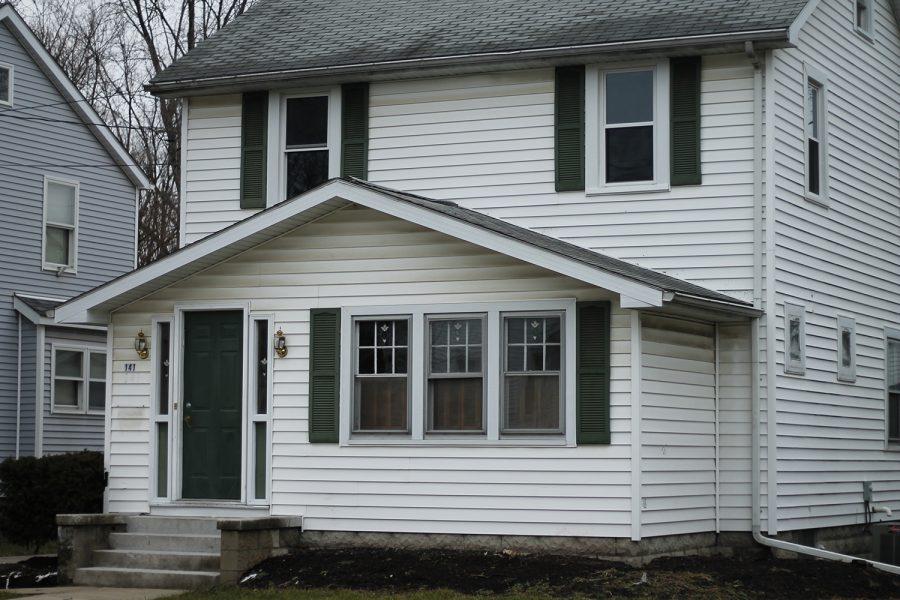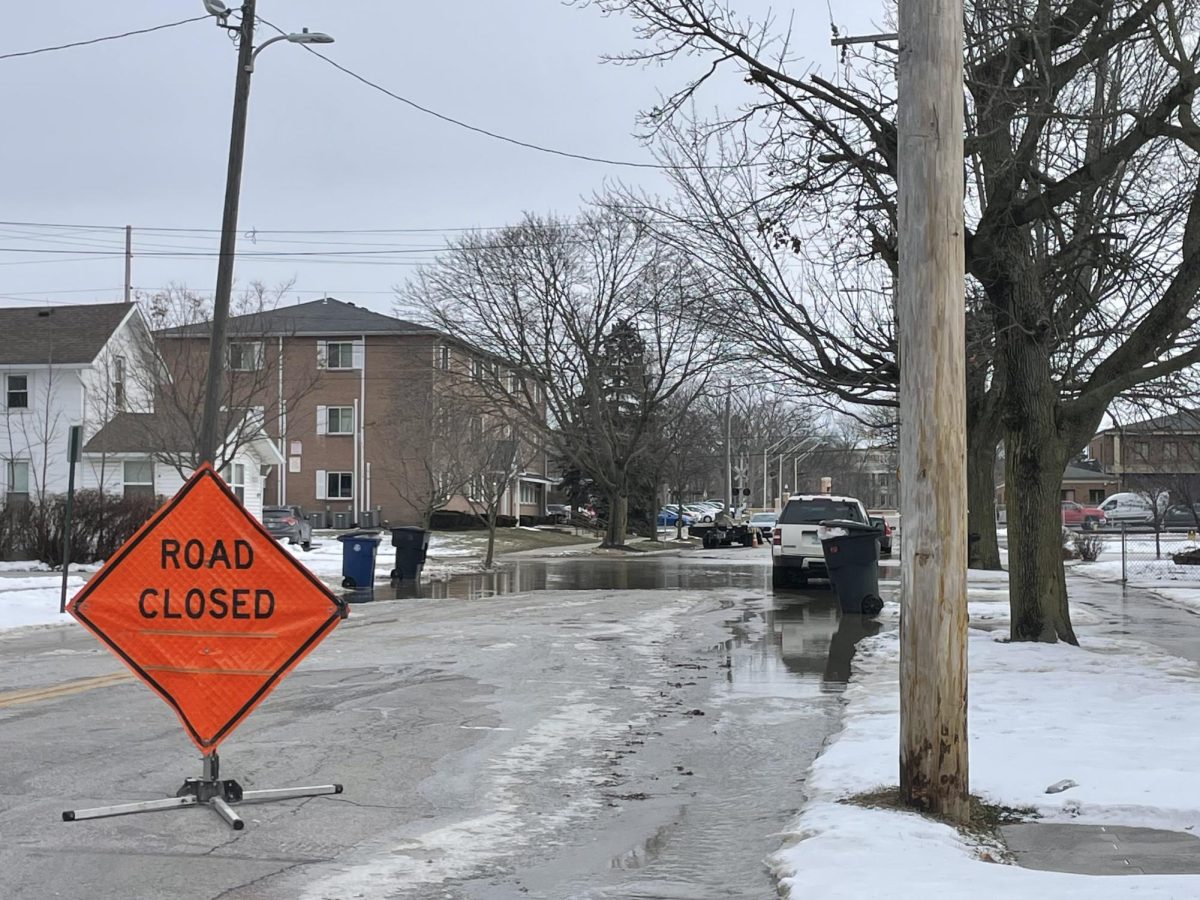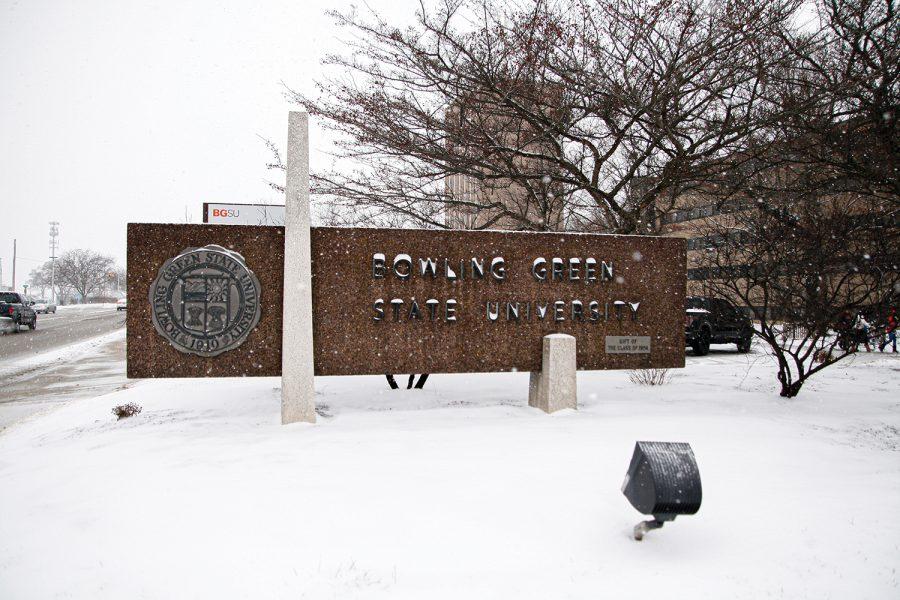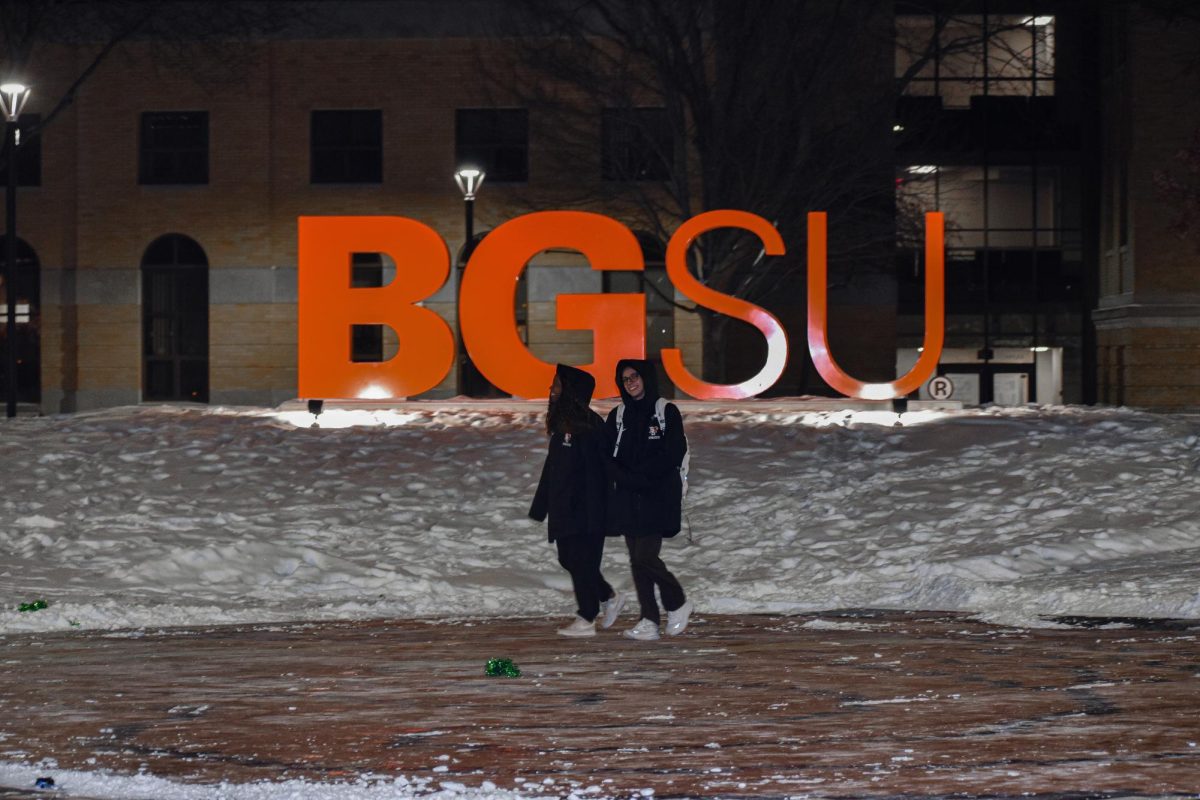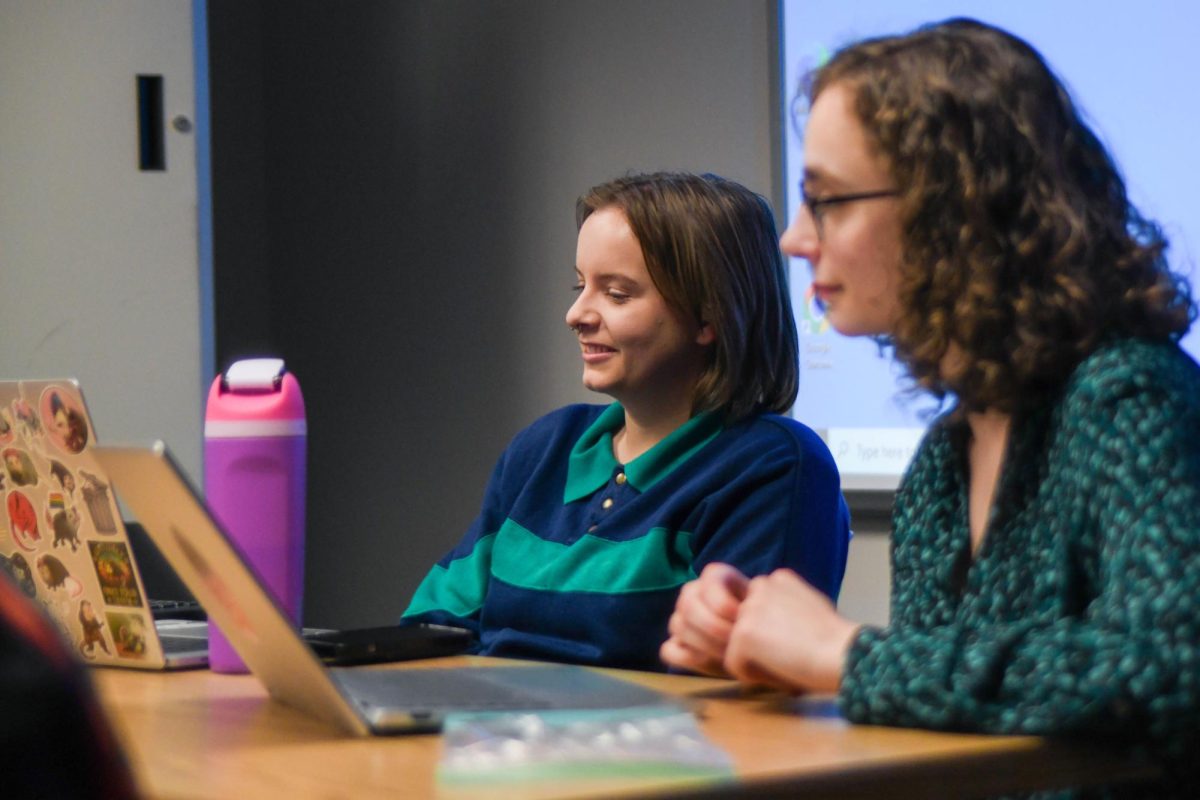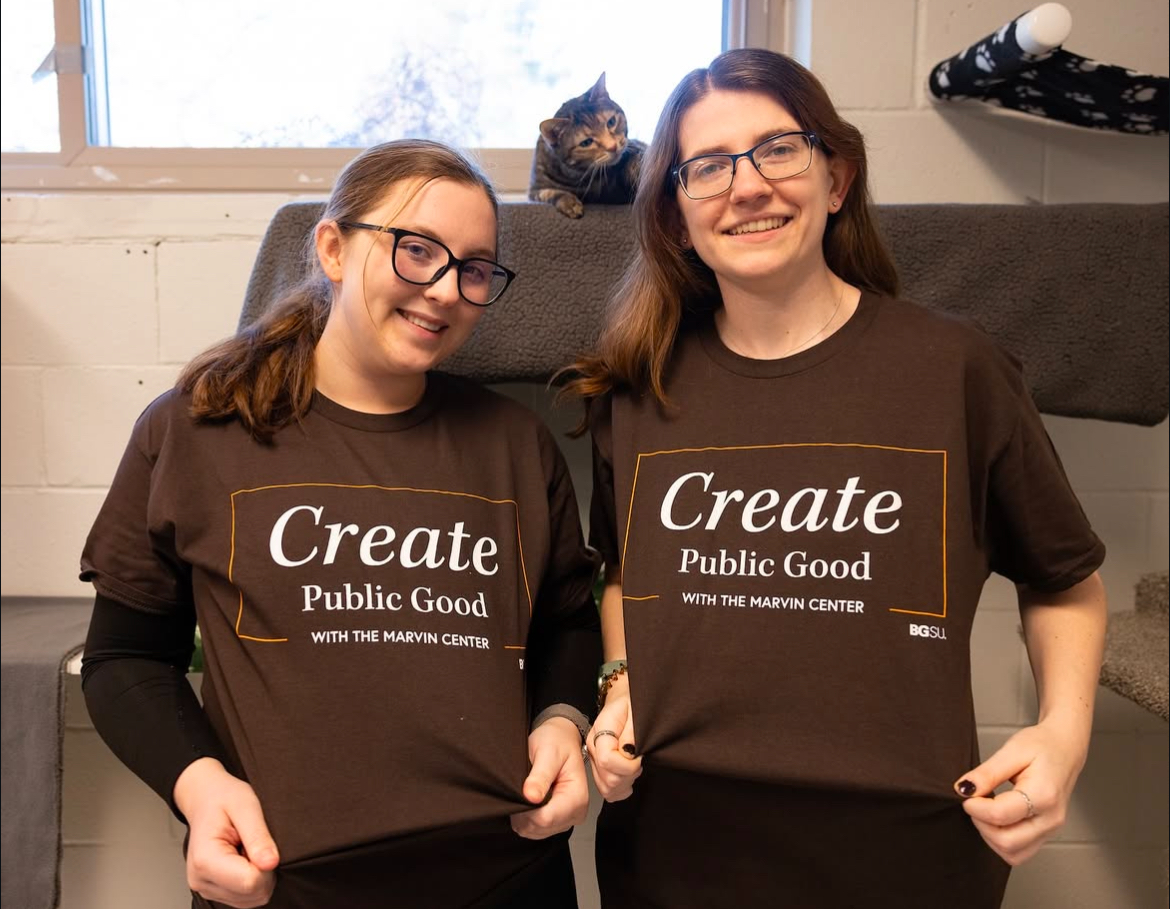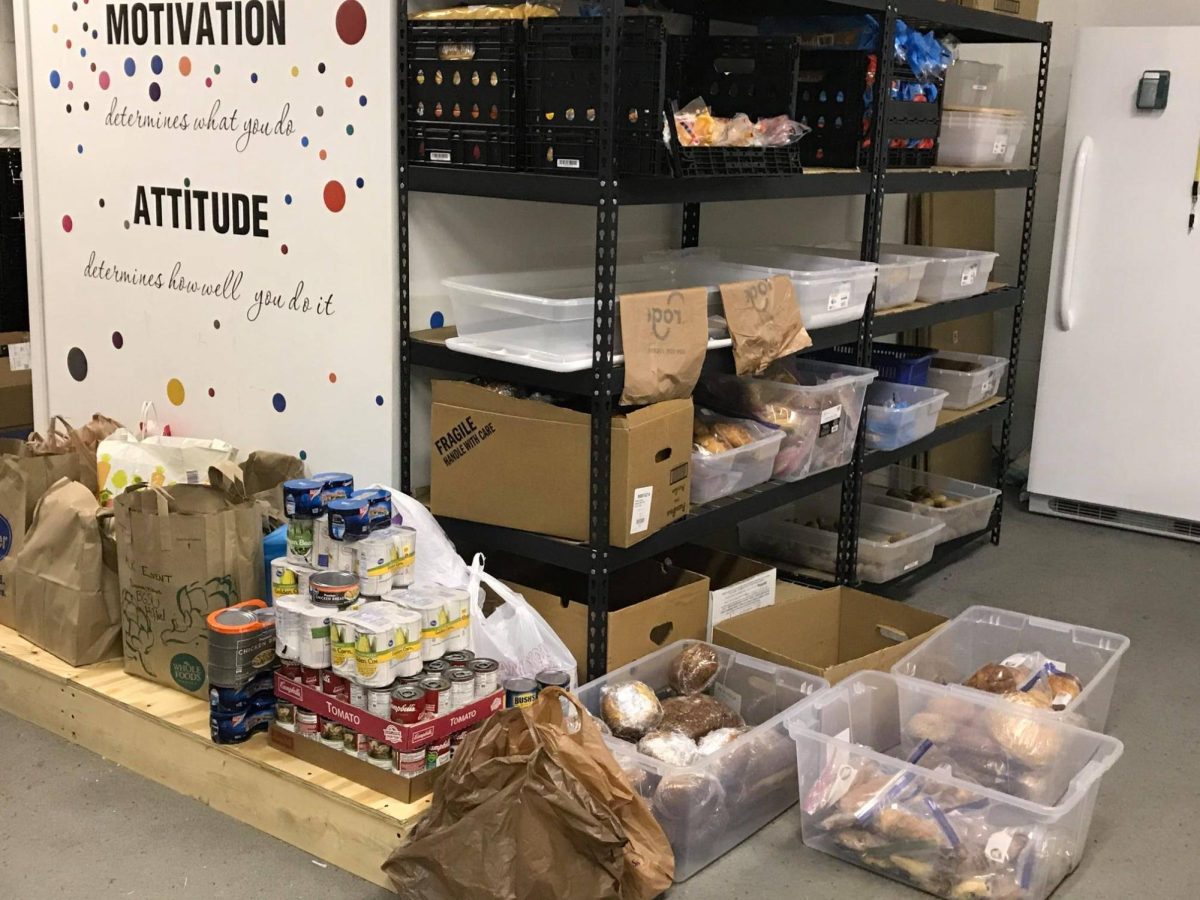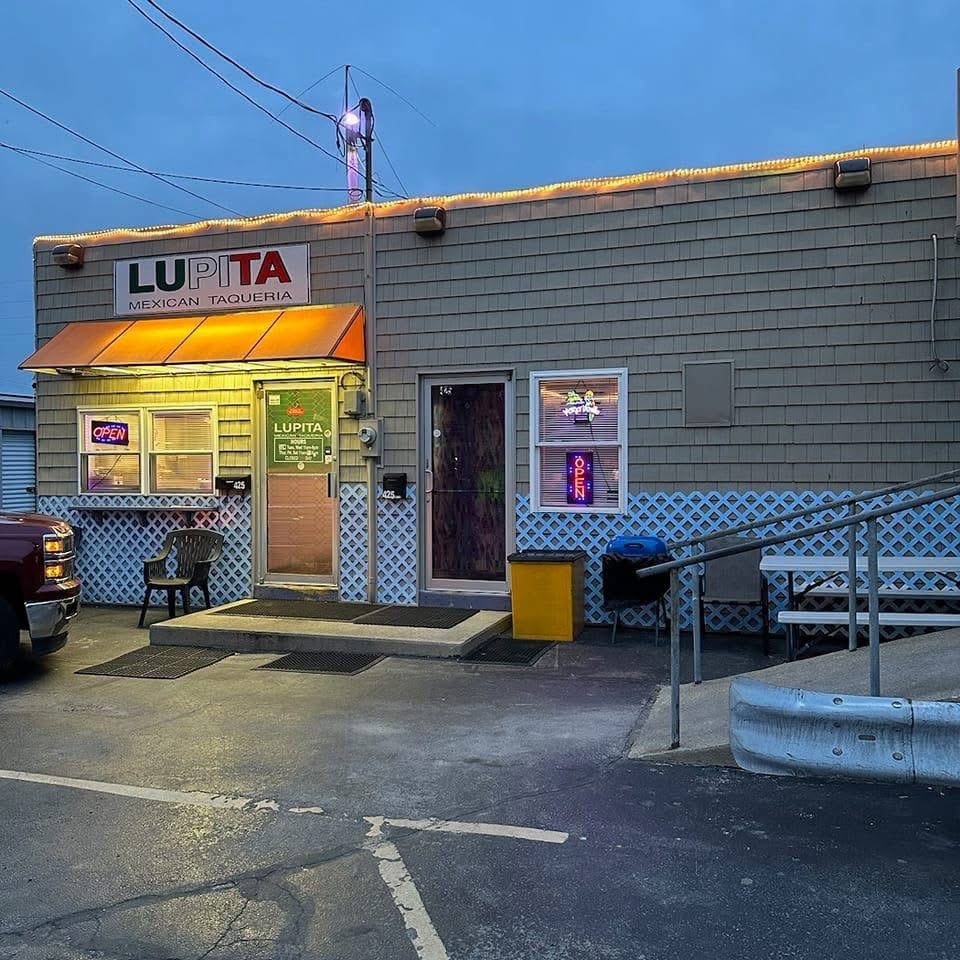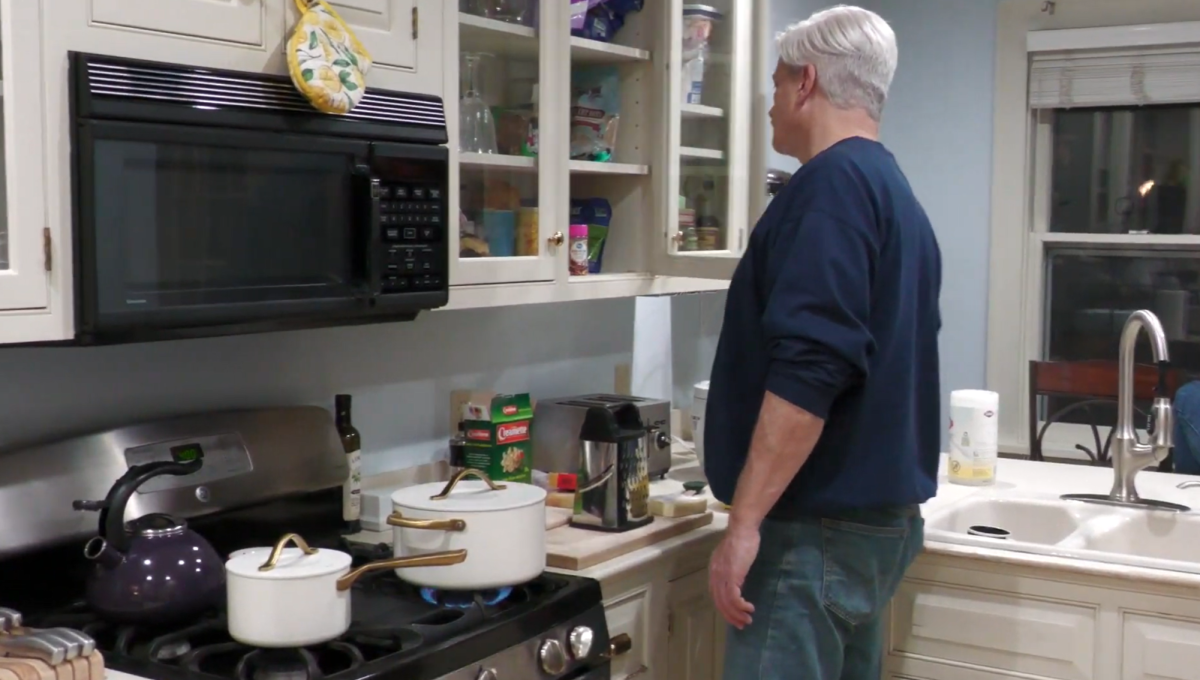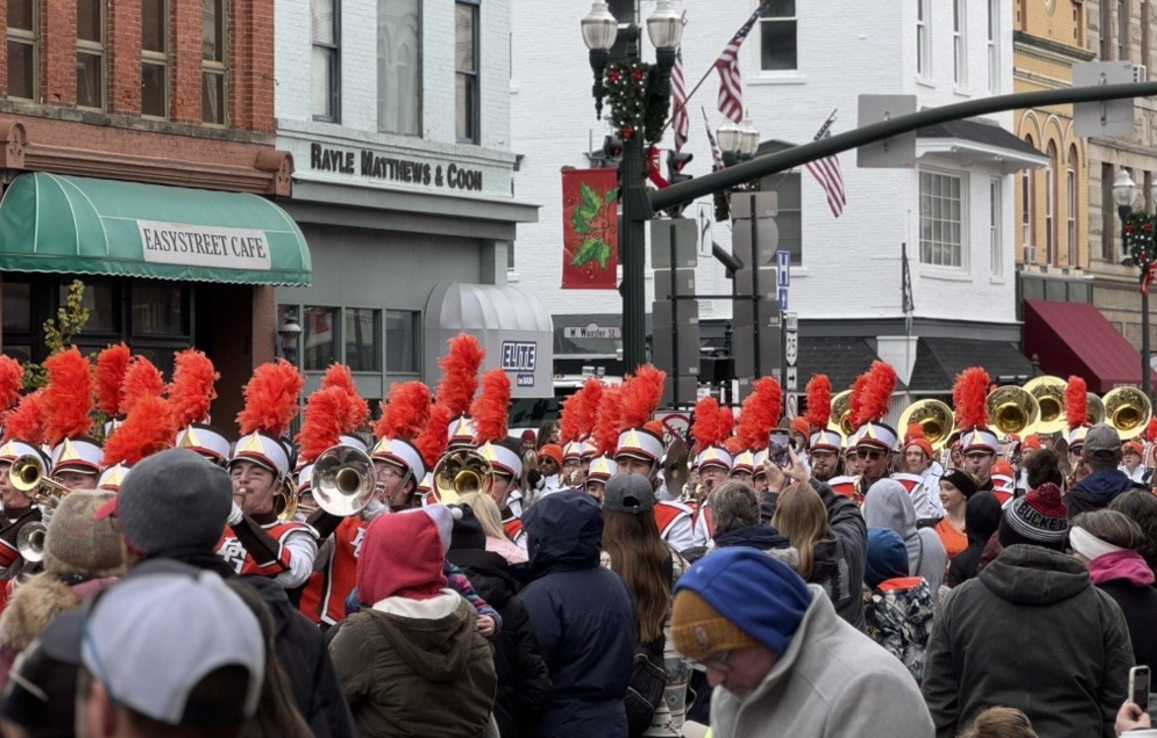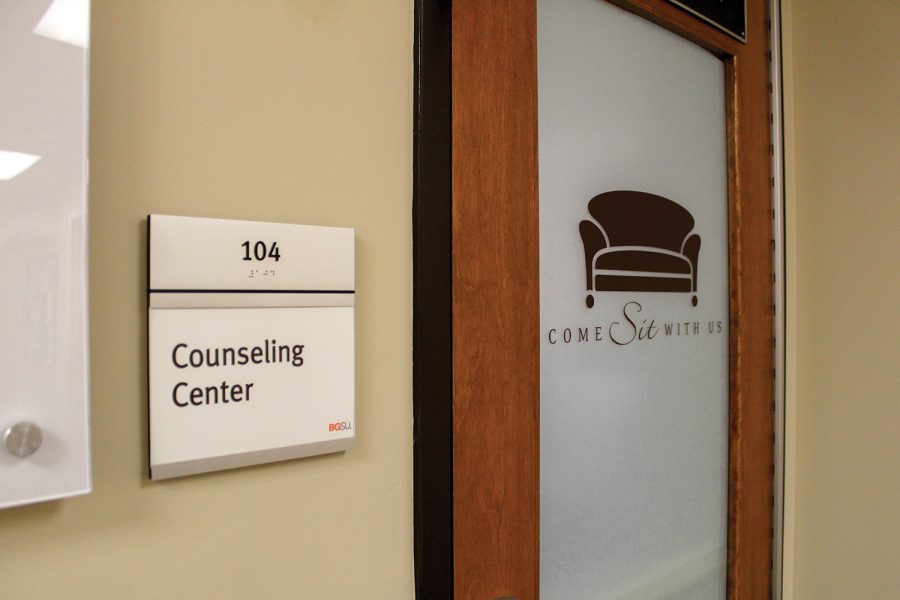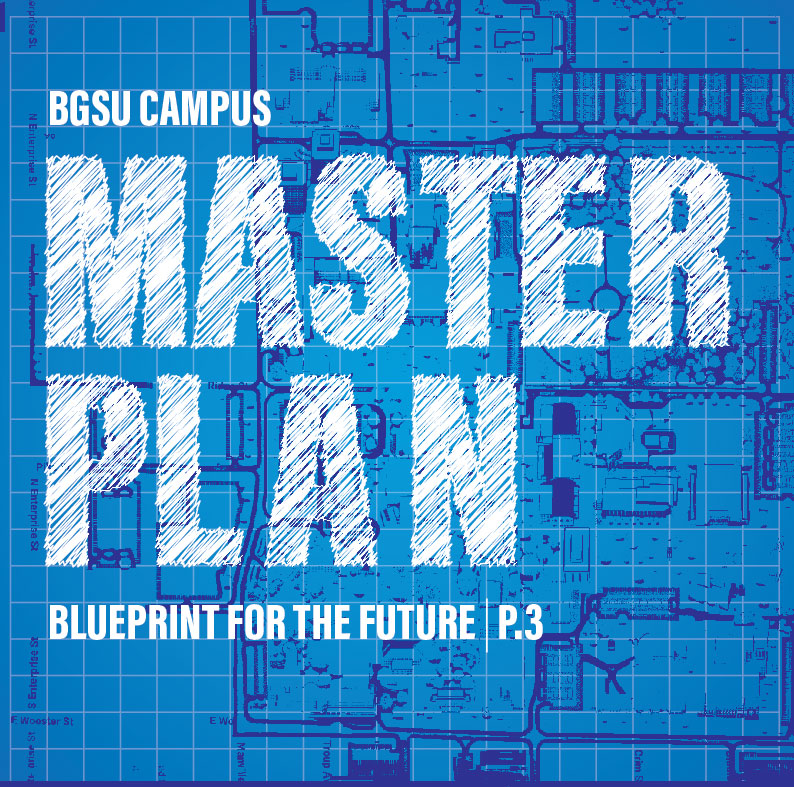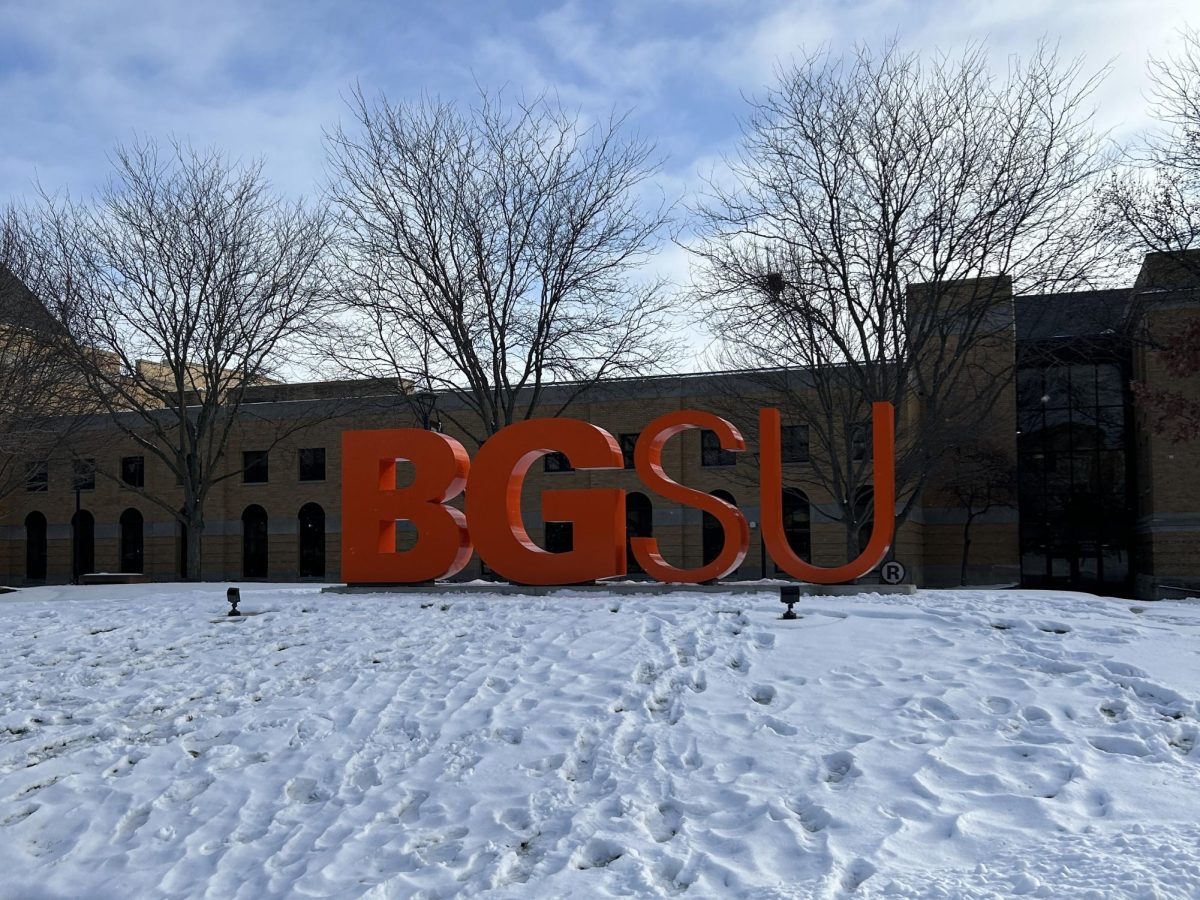As the criminal justice and forensic science programs continue to attract incoming students with the Bureau of Criminal Investigation office located on campus, the University is investing in two mock crime scene houses to provide additional resources to students in these programs.
The houses, 141 and 145 Troup, will be used to set up simulation crime scenes for students to practice forensic skills needed in their line of work after graduation.
In the houses, instructors can put together a crime scene, complete with finger prints, blood and biological fluids, footwear impressions and murder weapons. The new spaces will allow for blood spatter pattern simulation and bullet trajectories as well.
141 Troup is also equipped with a sand pit in the backyard where dummies like Headshot Andy, the current dummy, can be buried and then dug up by students.
Jeff Lynn, chief of Forensic Standards and Training at the Center for the Future of Forensic Science, said the houses will be used to simulate a variety of crime scenes, from homicides and suicides to burglaries and vandalism.
“It’s one thing to learn something in a book, and it’s another to learn it in a crime scene,” Lynn said.
The University already owns one house on Reed Avenue used to conduct mock crime scenes; however, Lynn said about 100 students utilize the house.
Currently, five University classes use the houses:
- Intro to Forensic Science
- Intro to Crime Scene Investigation (3 sections)
- Crime Scene Photography
“It’s a lot of students using one house,” Lynn said. “We are just now getting the program going, and we are getting a lot of interest. It’s getting bigger and will continue to grow.”
While other schools in the nation have similar facilities, the University is the only school in Ohio to have Crime Scene Investigation homes, according to Lynn.
He said the field experience the students gain from conducting investigations in the houses is invaluable to their forensic education.
“It’s critical for us that they understand what they need to collect, how they need to collect it and how they need to get it to us,” Lynn said.
However, completion of the renovations is still a semester away, according to Brett Pogan, senior capital planner for the University. He said 141 Troup should be ready for class use by fall 2017.
Converting a former residential house into a state facility with a lab is a challenging process, said Pogan. The houses have to undergo several inspections.
In order to obtain permission to use the house as an academic facility, Pogan estimates the renovations needed for 141 Troup will cost the University $62,000.


